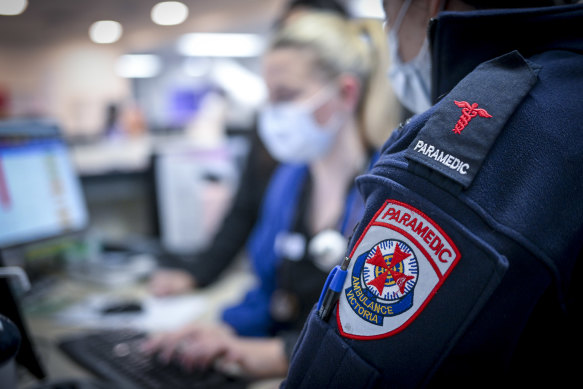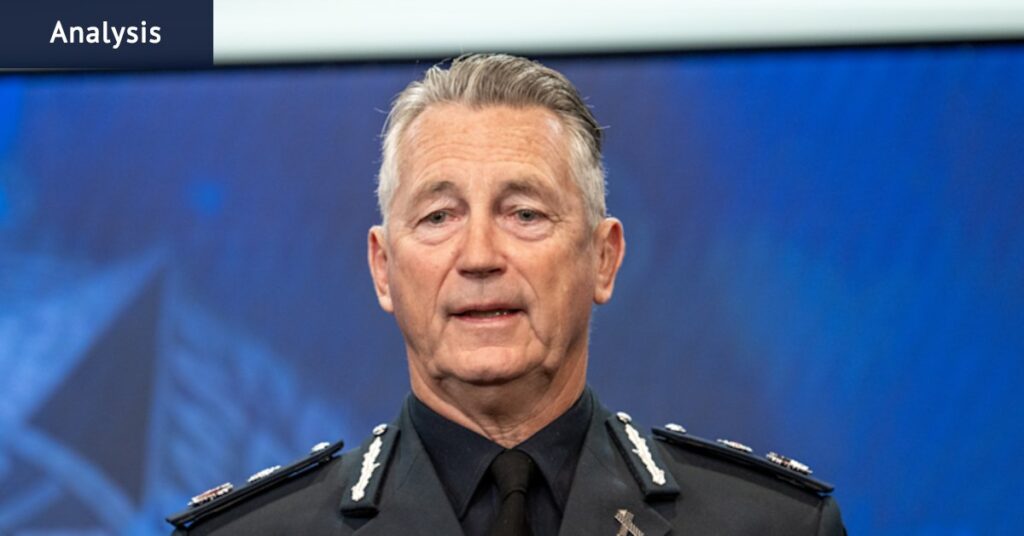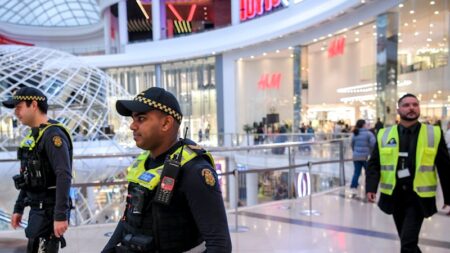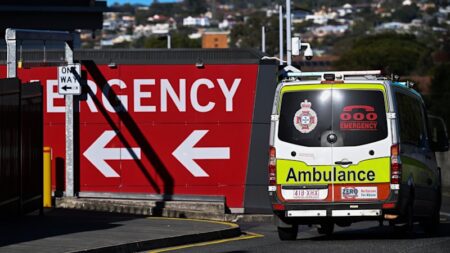In 2016, acting Auditor-General Dr Peter Frost found there were “no measures in place to determine whether the PSOs are having the effect the policy intended. So, while 1145 PSOs [now over 1400] may make people feel safer, it is not clear whether safety has actually improved.”
Loading
They make us feel good. So do jam doughnuts, Wagon Wheels and baked potatoes with sour cream, but does the policy help catch crooks?
Frost went on: “The full value of the PSO program is yet to be realised … There is also the potential for PSOs to be used more efficiently and effectively.”
It seems new Victoria Police Chief Commissioner Mike Bush could see, and finally called out, what everyone else was choosing to ignore.
There had to be a better way.
Bush refers to it as giving us “a far more intelligent, far more effective way of preventing crime”.
We refer to it as blindingly obvious.
The first PSOs hit the tracks in May 2012. As an example, let’s take a quiet station such as Laburnum, on the Belgrave/Lilydale line.
Many trains don’t stop there, but it has been staffed by two PSOs every day for the past 13 years. It is doubtful that in that time they have made any more than a handful of arrests.
At that one station PSOs would have completed 9860 shifts covering almost 80,000 hours at a cost of $2,080,000.
At Kooyong, on the Glen Waverley line, the closest thing to an emergency would be choking on a chicken bone during roast night at the nearby tennis club.
Having PSOs at every suburban train station costs millions annually.
The PSO scheme costs about $100 million a year. Last time we checked they issued about 20,000 fines a year. That’s $5000 per fine and an arrest every 10 shifts.
On any night, we have more PSOs standing on railway platforms than we have general duties police patrolling in divisional vans.
Meanwhile, crimes and threatening behaviour is taking place on the trains, where passengers are trapped, not at stations where they can disperse.
Loading
The other day a senior cop became fed up with some aggressive lout on a train and chucked him off at a station. Other relieved passengers applauded.
There are 222 suburban railway stations servicing 16 lines. That means we have at least 444 PSOs at stations, with more in regional centres and main hubs such as Southern Cross.
If that strategy was switched to put two PSO crews of four officers onto trains along the 16 lines, it would be a total of 128 officers.
Even with a permanent nighttime presence at Southern Cross, Flinders Street, Frankston, Dandenong, Footscray and Werribee, the total would be around 200. That would leave more than 300 PSOs free for other duties.
There will now be a trial of having PSOs as a law enforcement presence in shopping centres – a good idea years too late.
Shopping centres and retail strips are a start. But what about casualty units in hospitals? Assaults on emergency staff are at record levels. PSOs should be there to assist.

There has been a rise in assaults against hospital staff and paramedics.Credit: Eddie Jim
Every 12 minutes, police respond to a mental health call. Every 40 minutes, they take someone to hospital to be assessed under the Mental Health Act.
There they have to sit with the disturbed or drug affected individual for hours, taking a van off the road.
With PSOs at the hospital there could be a straight handover and release police back on patrol.
And isn’t that the master plan?
John Silvester lifts the lid on Australia’s criminal underworld. Subscribers can sign up to receive his Naked City newsletter every Thursday.
Read the full article here

















